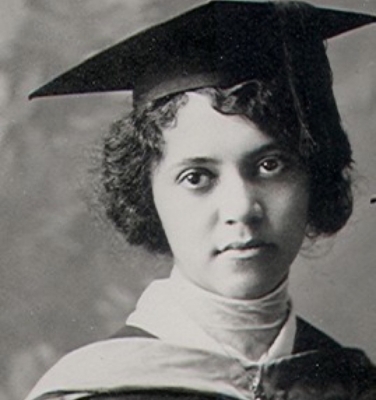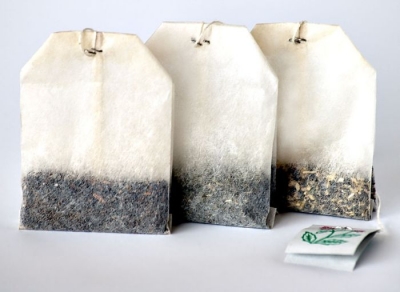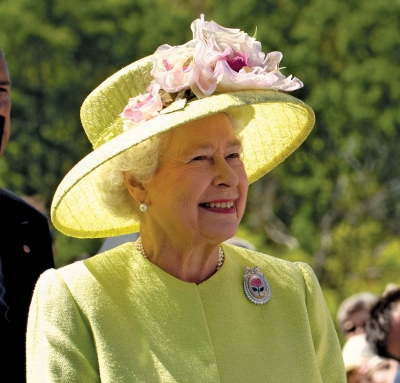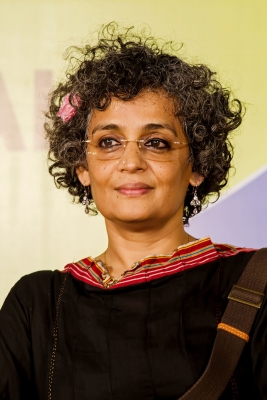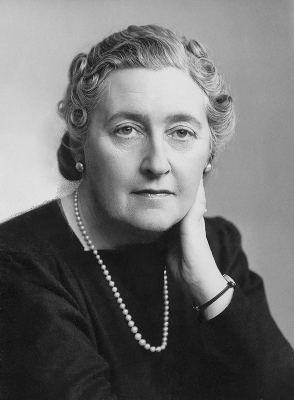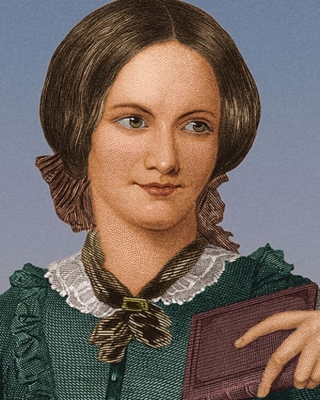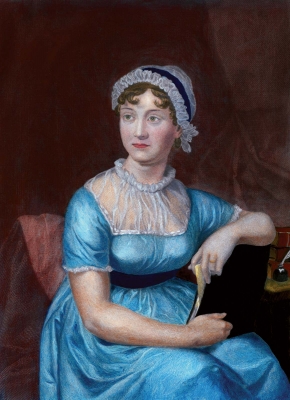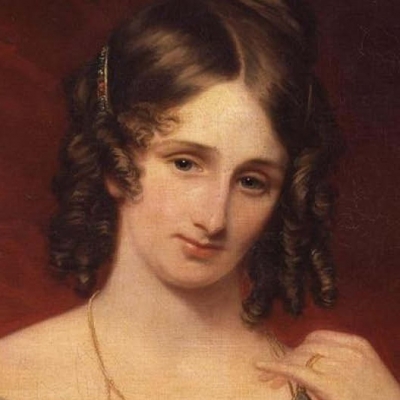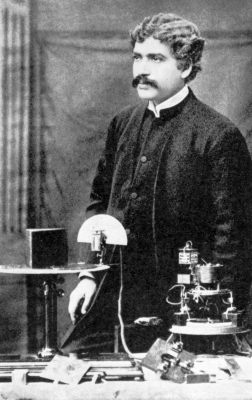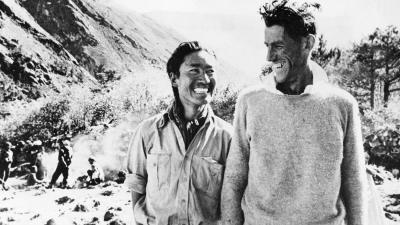What is the life story of Russian author and playwright Leo Tolstoy?
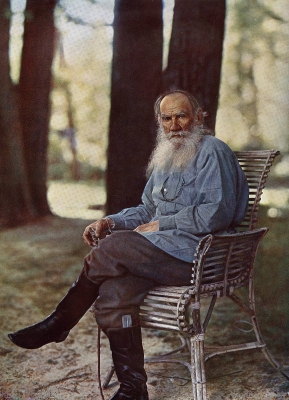
Widely regarded as one of the greatest writers of all time, Count Lev Nikolayevich Tolstoy, better known as Leo Tolstoy, was born on September 9, 1828. His ideas on non-violence had a profound impact on Mahatma Gandhi and Martin Luther King Jr. Read on to learn more about him...
Early life
Born on his family estate, Yasnaya Polyana in the Tula province of Russia, Tolstoy belonged to an affluent family. Unfortunately, he lost his parents at a young age and lived with different relatives over the years.
At 16, Tolstoy began studying law and Oriental languages at Kazan University, but since he was home-schooled, he struggled to cope. Frustrated, he dropped out of the university and started looking for a non-academic career.
Sowing the seeds
Intent on taking up farming, Tolstoy moved to the family's estate and began managing serfs and farmhands. Though he enjoyed the toil, he had to give up farming as he wanted to return to Moscow, which he missed. On his brothers insistence, he joined the Russian Army. Tolstoy fought in the Crimean War, between Russia, and Britain and France. The violence and bloodshed he witnessed during the war scarred him for life. He left the Army as soon as the war ended.
A new religion
Seeking solace in religion, he tried to evolve his own views on religion wherein he rejected the authority of the church and promoted ahimsa or non-violence. He believed in leading a morally and physically ascetic life. His followers moved onto the authors estate to be near him and came to be known as Tolstayans. Many of these communes are operational even today.
Among those influenced by Tolstoy's social beliefs were Mahatma Gandhi and Martin Luther King Jr. Gandhi established a co-operative colony named after Tolstoy in South Africa and corresponded with the author, crediting him with his own spiritual and philosophical evolution, particularly with regard to Tolstoy's teachings on peaceful non-resistance to evil.
Tolstoy died on November 20, 1910, a few months after embarking on a pilgrimage with his daughter.
OH REALLY?
A Bombay High Court judge asked an accused civil rights activist to explain why he had a copy of Tolstoy's "War and Peace" at home. The comment has drawn criticism from people across the world.
Tolstoy maintained a journal throughout his life in which he kept a detailed record of all his activities. In the diary, he jotted down a list of rules he aspired to live by. This included sleeping by 10 p.m. and waking up by 5 a.m. with no more than a two-hour nap in the afternoon: eating moderately and avoiding sweets.
While fighting in the Army, Tolstoy wrote: "Childhood", an autobiographical novel, followed by "Boyhood" and "Youth" His other works include "Anna Karenina", "Resurrection", "Family Happiness" and "The Death of Ivan Ilyich".
Did you know?
Tolstoy's wife helped him in finishing "War and Peace" on time. After completing the first draft in 1865, Tolstoy kept revising it over and over again. His wife, Sophia, patiently wrote out each version by hand sometimes she even used a magnifying glass to decipher his scribbles. Over the next seven years, she rewrote the complete manuscript at least eight times.
Picture Credit : Google

